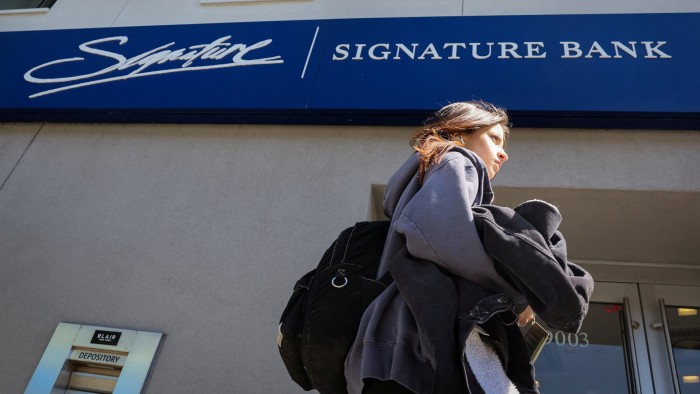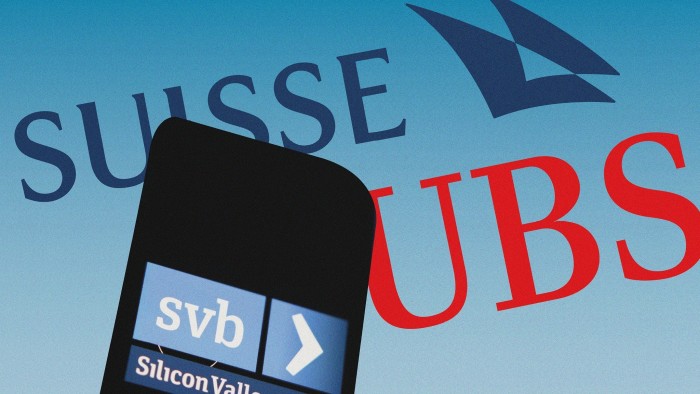Time to ask what the directors were doing at these failed banks


Roula Khalaf, Editor of the FT, selects her favourite stories in this weekly newsletter.
Where were the regulators? It’s a fair question after the failure of several ostensibly supervised banks and policymakers are already asking it as they set out, once again, to make the financial system less crisis-prone.
Even so, there is an equally pressing question to answer: where were the directors? The collapse of Silicon Valley Bank, Signature Bank and Silvergate in the US, followed by the forced sale of Credit Suisse, suggests serious lapses of oversight not just from regulators but at the board level.
To date, there has been only a superficial debate about governance at these banks. The demise of California’s SVB, in particular, has brought gleeful attacks on its environmental, social and governance record from Florida governor Ron DeSantis and others on the right of US politics about its leaders’ allegedly misplaced priorities.
Whatever you think of these attempts to pin a bank run on the supposed distractions of its diversity initiatives, they are missing a bigger problem for believers in ESG investing about the third letter in that abbreviation.
Simply put, the trillions of dollars committed to funds with governance as one-third of their mandates have not made such apparent failures of board oversight less common — and the problem is not isolated to banking.
If a company’s governance does not work, then nothing else will in the long run, the Columbia Business School professor Shivaram Rajgopal remarked this week. Yet few people value the G in ESG when stock prices are doubling each year, he observed: “They value G when things go to hell.”
Now that things have gone in that direction, we can ask with hindsight what governance red flags investors should have spotted sooner.
Should investors have fretted that just one of SVB’s independent directors had serious banking experience, for example, and that he did not sit on its risk committee. (One director who did brought “deep experience in the premium wine industry”.)
Over at Signature, which once gave Ivanka Trump a board seat, the risk committee was similarly short of bankers, other than Signature’s co-founders and chief operating officer. Silvergate employed three of its CEO’s relatives, including a son-in-law who served as its chief risk officer — not a recipe for independent scrutiny.
Or should shareholders who claim to care about aligning pay and performance have asked why SVB chief executive Greg Becker earned a seven-figure bonus last year in part for appointing a new chief risk officer, while directors seem not to have deducted anything for the months when this critical role had been left unfilled?
The combination of misplaced incentives for executives and a shortage of independent directors with the expertise to judge those risks has been a recurring feature of corporate disasters from the last financial crisis to Boeing’s 737-Max crashes. This one should spur deeper debate about what more needs to be done to break that pattern.
Banks in turmoil

The global banking system has been rocked by the collapse of Silicon Valley Bank and Signature Bank and the last minute rescue of Credit Suisse by UBS. Check out the latest analysis and comment here
Many industry members will reject the idea that more regulation is needed to make banking safer. But if the alternative is the form of self-regulation that good corporate governance is supposed to supply, then banks will need to show that they are taking it more seriously.
Even beyond banking, though, investors should use this moment to pull back from the corporate governance culture wars and ask themselves why the age of ESG has not given us better governed companies.
Comments